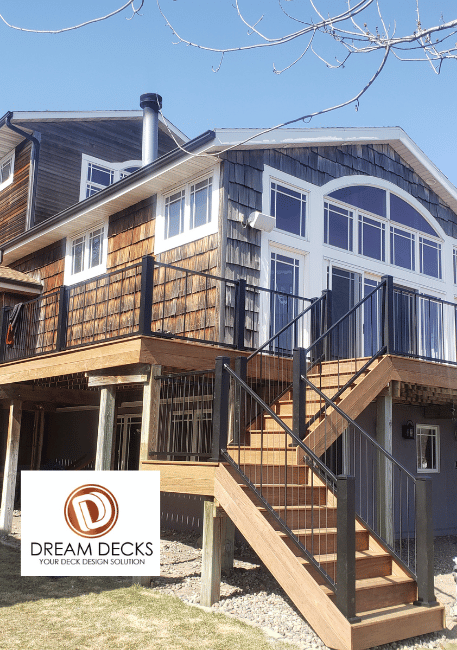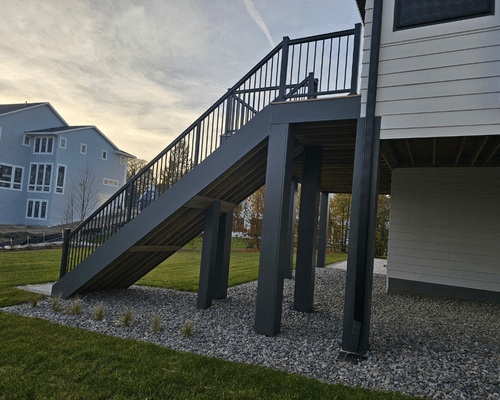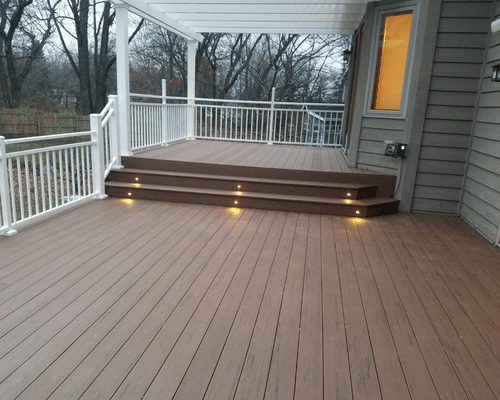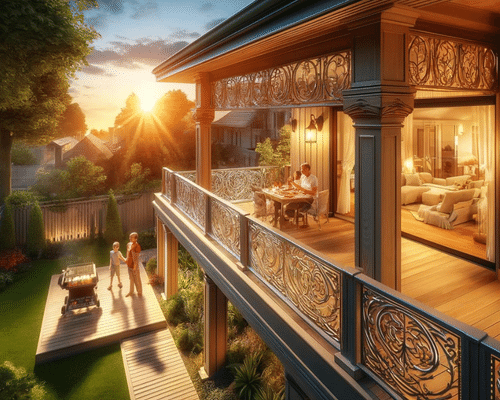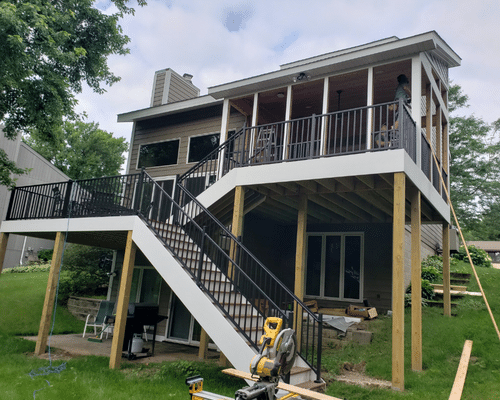Twin Cities MN
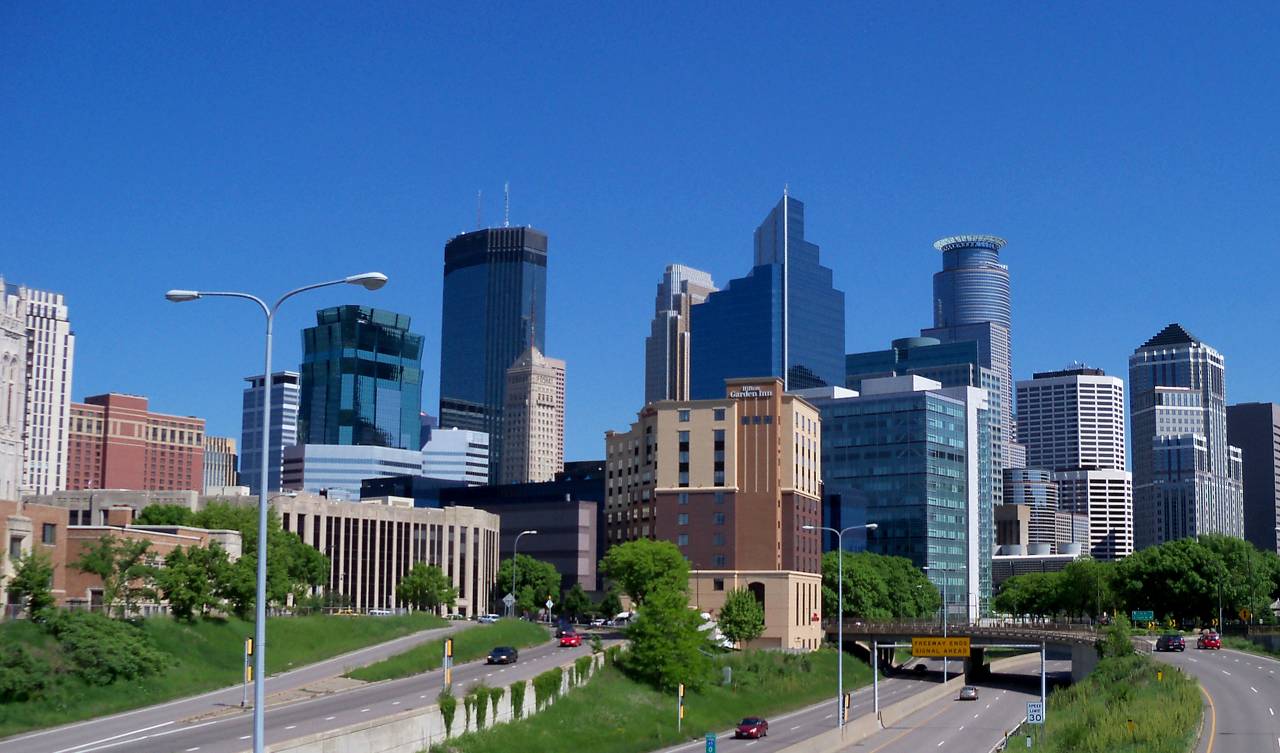
History and Geography
The Twin Cities are located in the southeastern part of Minnesota, straddling the Mississippi River. Minneapolis, the larger of the two cities, is situated on both banks of the river, while St. Paul, the state capital, lies primarily on the east bank. The cities' origins date back to the mid-19th century, with Minneapolis developing as a milling and manufacturing hub and St. Paul as a trading and transportation center.
Both cities have grown and evolved over time, with distinct neighborhoods and suburbs emerging. Some of the largest cities in the Twin Cities metropolitan area include:
Outdoor Recreation and Parks
Known as the "City of Lakes," Minneapolis boasts an extensive park system, featuring lakes, trails, and green spaces. Some popular outdoor destinations include:
St. Paul also offers numerous parks and outdoor attractions, such as:
Sports and Recreation
The Twin Cities are home to several professional sports teams, including:
In addition to professional sports, the cities offer numerous recreational opportunities, such as golfing, skiing, and water sports.
Education and Economy
The Twin Cities are home to several renowned educational institutions, including the University of Minnesota, Macalester College, and St. Catherine University.
The region's diverse economy is driven by industries such as healthcare, finance, manufacturing, and technology. Some of the largest employers in the Twin Cities include:
Food and Dining
The Twin Cities are renowned for their diverse and vibrant food scene, offering a wide array of cuisines and dining experiences. From classic Midwestern fare to international flavors, there is something for every palate. Some notable dining destinations and local specialties include:
- Juicy Lucy (a cheese-stuffed hamburger)
- Tater Tot Hotdish (a casserole featuring tater tots)
- Midtown Global Market
- Eat Street (a stretch of Nicollet Avenue known for its diverse restaurants)
- Food Trucks (a thriving street food scene)
- Craft Breweries and Distilleries
Transportation and Infrastructure
The Twin Cities are well-connected by a comprehensive transportation network, including highways, public transit, and bike trails. The Metro Transit system provides bus and light rail service throughout the metropolitan area, while the Minneapolis-Saint Paul International Airport offers domestic and international flights.
The cities have also invested in sustainable transportation options, such as bike-sharing programs and an extensive network of bike lanes and trails.
Neighborhoods and Housing
The Twin Cities are known for their diverse neighborhoods, each with its own unique character and amenities. From historic districts to modern developments, there is a wide range of housing options available. Some notable neighborhoods include:
Sustainability and Environment
The Twin Cities have a strong commitment to sustainability and environmental conservation. Both Minneapolis and St. Paul have implemented numerous green initiatives, such as:
- Renewable energy programs
- Urban forestry and green space preservation
- Sustainable building practices
- Waste reduction and recycling efforts
The cities also benefit from their proximity to numerous lakes, rivers, and green spaces, which provide opportunities for outdoor recreation and environmental education.
Community and Diversity
The Twin Cities are known for their strong sense of community and commitment to diversity and inclusion. The region is home to a diverse population, with a rich tapestry of cultures and traditions. The cities have numerous organizations and initiatives dedicated to promoting equity, social justice, and cultural understanding, such as:
Twin Cities, MN
The Twin Cities of Minneapolis and St. Paul offer a unique blend of urban amenities, natural beauty, and Midwestern charm. With their vibrant arts and culture scene, extensive park systems, diverse neighborhoods, and strong economy, the cities provide an exceptional quality of life for residents and visitors alike. As the region continues to grow and evolve, the Twin Cities remain committed to sustainability, inclusivity, and community well-being, making them a shining example of what makes Minnesota such a special place to live, work, and explore.
